
- •Read the curriculum vitae (cv) quickly and choose the correct answer.
- •Read the cv again and decide if the sentences (1 – 7) below are true (t) or false (f).
- •Read these phrases from the cv and the advertisements. Choose the correct meaning (a or b) of the words in italics.
- •Write your own cv in English using qualifications you already have or ones that you think you might have in the future. Use Gavin’s cv as a model for your writing.
- •Vocabulary Notes
- •Geometrical Figures
- •1. Is Geometry a very important subject for technology? Name the most important geometrical figures.
- •2. Let’s revise some geometrical figures.
- •3. Read the sentences and answer the questions.
- •4. Translate the Ukrainian phrases into English and reproduce the dialogue with your partner.
- •5. Describe some geometrical shapes and use the following adjectives: right, obtuse, acute, open, closed, parallel.
- •6. The students are at the lesson of Geometry now. Listen to their conversation and learn how to name different geometrical shapes.
- •13. Say whether you agree or disagree with the following descriptions.
- •14. Translate the following sentences from Ukrainian into English.
- •15. Read the text and learn how to describe geometrical figures and objects.
- •16. Answer the following questions.
- •17. Complete the dialogues.
- •2.Numbers and Fractions
- •Learn the following table:
- •Learn how to read large numbers:
- •Learn how to read percents:
- •L earn how to read phone numbers:
- •Learn how to read dates:
- •Vocabulary Notes
- •4 .Quantities, Measurements and Dimensions
- •1. Discuss the following questions:
- •2. Learn how to speak about dimensions of different objects and shapes.
- •3. Make sentences:
- •4. Complete the dialogues.
- •6. Choose the correct form of the word in brackets.
- •7. Use the proper word in the following situations.
- •15. Write down and read the following numbers.
- •6. Complete the table.
- •17. Complete according to the table.
- •19. Compare the objects.
- •20. Choose the correct option to complete the sentences.
- •2 1. Correct mistakes.
- •22. Translate the following sentences into English using your active vocabulary.
- •23. Look at the pictures below and answer these questions.
- •24. Read the text and check your answers.
- •25. Complete the dialogues.
- •10. Complete the text with the words from the box.
- •11. Answer these questions about robots.
- •12. These words are from the text below. Consult your dictionary to check their meaning.
- •13. Read this text attentively and learn some facts from robot history.
- •14. Answer the questions.
- •15. Complete the sentences.
- •1 6. Expand these sentences with the facts from the text.
- •17. Write the headings above the six texts about working robots.
- •18. Read the text attentively to find something new about robots.
- •19. Provide extensive answers to the following questions.
- •20. Will you agree to these statements? Give reasons for your opinion.
- •21. Robotics is a quickly developing science. It certainly brings advantages but also puts difficult questions. Here are some of them. Discuss these questions in small groups.
- •22. Discussion.
- •23. Study the example and write your own advertisement of a new model of a robot.
- •2 . Computers and their Functions
- •1. Is it possible to imagine our life without computers? How useful are they?
- •2. Alice and Paul are talking in the College coffee-bar. Listen to their conversation and name the advantages of computers.
- •3. Match a line in a with a line in b.
- •4. Label the diagram.
- •5. Complete one word from a and one word from b and match it with the appropriate definition in c.
- •6 .Complete each gap in the following text with a phrase from the table above.
- •7. A lot of people have a computer nowadays. What do you know about computers? What basic jobs does a computer perform?
- •8. Match the component of a computer with the function. Look through the text to check your answers.
- •9. Read the text attentively and find the answers to the following questions.
- •11. Before reading the text answer the following questions.
- •12. Now read the text about the Internet service.
- •14. Write two paragraphs, one about the advantages and the other about the disadvantages of computers.
- •15.Translate the text into Ukrainian.
- •16. Put all possible questions to the following statements.
- •17. Are you good at computers? Try to answer the following questions to check your knowledge. Is there anybody in your group who knows all the answers?
- •18. Read the text and check your answers.
- •19. Complete the sentences.
- •20. Describe the computer you would like to have in the future.
- •6. Are these true or false? Correct the false ones.
- •7. Make sentences:
- •8. Read these sentences and make tables like the ones above.
- •8. Make sentences about the materials with “can …, but … can’t”, or “can … and … can”.
- •9. Which material are most practical for making these things and why? And which materials are impractical and why?
- •10. Are these true or false? Correct the false ones:
- •12. Match the sentences.
- •13. Underline the two correct adjectives for each material.
- •14. Find sixteen materials in the puzzle. Read across →, down ↓, and diagonally.
- •3 .Metals
- •1. Discuss the following questions.
- •2. The students are at the seminar on metals technology. Listen to their discussion and learn what properties copper has and where it can be used.
- •3.Match a line in a with a line in b.
- •4. Use the table to complete the sentences.
- •Vocabulary Work
- •5. Learn how to read these words.
- •6. Match the Ukrainian words with their English equivalents.
- •7. Translate the sentences into English using your active vocabulary.
- •8. These words are taken from the text. Use the dictionary to find out their meaning.
- •9. Read the text attentively for more information about copper.
- •10. Say if the following statements are true or false. Correct the false statements.
- •11. Agree or disagree with these statements. Give reasons for your answer.
- •12. These words are taken from the text. Use the dictionary to find out their meaning.
- •13. Read the text to learn more about properties and applications of copper.
- •14. Explain why...
- •15. Translate the original and derivative words, using a dictionary and create several new words by adding suffixes:
- •16. Read the text dealing with discovery of metals and opening the Periodic Law.
- •17.Complete the sentences:
- •18.Insert the proper words into the sentences:
- •19.Find in the text the sentences that correspond to the following statements:
2.Numbers and Fractions
Learn the following table:
Cardinal Numbers
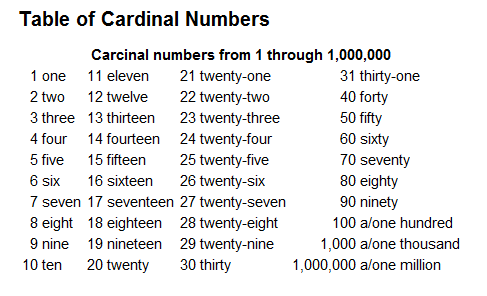
Ordinal Numbers

Learn how to read large numbers:
Divide the number into units of hundreds and thousands:
400,000 = four hundred thousand (no s plural)
I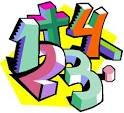 f
the number includes a smaller number, use "and" in British
English:
f
the number includes a smaller number, use "and" in British
English:
450,000 = four hundred and fifty thousand
400,360 = four hundred thousand three hundred and sixty
Fractions
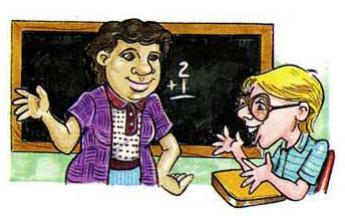

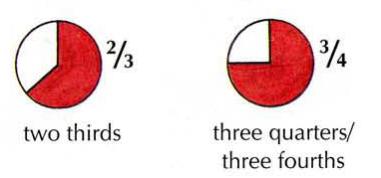
Learn how to read fractions:
Symbol |
Word |
1/8 |
One eighth |
1/5 |
One fifth |
1/4 |
One quarter |
3/4 |
Three quarters |
1/3 |
One third |
2/3 |
Two thirds |
1/2 |
One half |
Percents
Learn how to read percents:
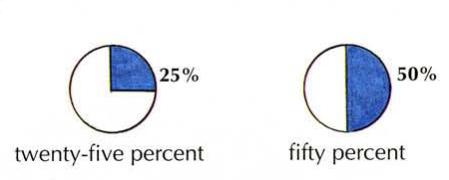
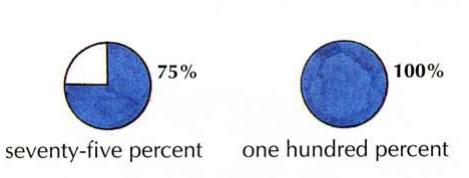
Phone Numbers
L earn how to read phone numbers:
Each figure is said separately.
24 - two four
The figure 'O' is called oh.
105 - one oh five
Pause after groups of 3 or 4 figures (last group).
376 4705 - three seven six, four seven oh five
If two successive figures are the same, in British English you would usually use the word double (in American English you would just say the figure twice)
376 4775 - BE: three seven six, four double seven five
376 4775 - AE: three seven six, four seven seven five
Learn how to read dates:
Dates
I n
English, we can say dates either with the day before the month, or
the month before the day:
n
English, we can say dates either with the day before the month, or
the month before the day:
The first of January / January the first.
Remember to use ordinal numbers for dates in English.
(The first, the second, the third, the fourth, the fifth, the twenty-second, the thirty-first etc.)
Years
F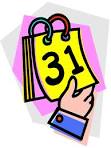 or
years up until 2000, separate the four numbers into two pairs of two:
or
years up until 2000, separate the four numbers into two pairs of two:
1965 = nineteen sixty-five
1871 = eighteen seventy-one
1999 = nineteen ninety-nine
For this decade, you need to say "two thousand and —" when speaking British English:
2001 = two thousand and one
two thousand and nine
Complete the puzzle. Write the numbers in words:

3.Quantitative Characteristics
Calculations
John is Helping Peter with his calculator:
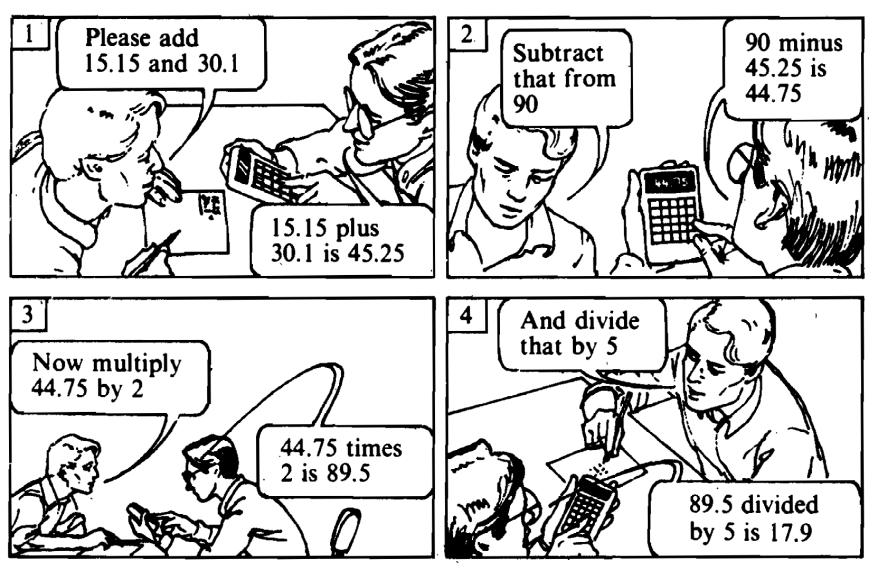
Repeat:
A: Please add 15.15 and 30.1
B: 15.15 plus 30.1 is 45.25
A: Subtract that from 90
B: 90 minus 45.25 is 44.75
A: Now multiply 44.75 by 2
B: 44.75 times 2 is 89.5
A: And divide that by 5
B: 89.5 divided by 5 is 17.9
Read out these sums. Give answers:
EXAMPLE: a) 13.3 plus 60.17 is 73.3
13.3+60.17 = ?
40.02 – 20.02 = ?
18.18 : 9 = ?
70 · 4 = ?
16.55 – 14 = ?
20.08 · 3 = ?
15 : 3 = ?
14.14 + 3.03 = ?
7017 – 4004 = ?
16 + 2.125 = ?
5 : 2.5 = ?
13.3 · 3 = ?
Read out these problems. Solve them:
EXAMPLE: a) 98.4 · 5 = 492 492 : 12 = 41
M
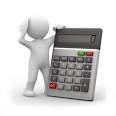 ultiply
98.4 by 5 and divide the answer by 12.
ultiply
98.4 by 5 and divide the answer by 12.Add 33.5 to 26.35 and subtract 45.8 from the answer.
Divide 40.5 by 5, and multiply the answer by 8.
Add 235.08 to 51.73 and subtract the answer from 326.2.
Subtract 54.93 from 85.01. Add 2.27. Subtract the answer from 61.9.
Read out these problems. Solve them:
25 + 34 = ? c) 12.5 – 0.5 = ?
34 × 2 = ? d) 72 : 4 = ?
(20 + 12)×3 = ? f) (56 – 42) : 7 = ?
6 .Solve
this problem: How thick is the frame? Read out your calculations:
.Solve
this problem: How thick is the frame? Read out your calculations:
EXAMPLE: a) 1. 58 ×_____ = ________
2. 184 - _____ = ________
3. _____ : _____ = _______
4. The thickness of the frame is ____ mm.
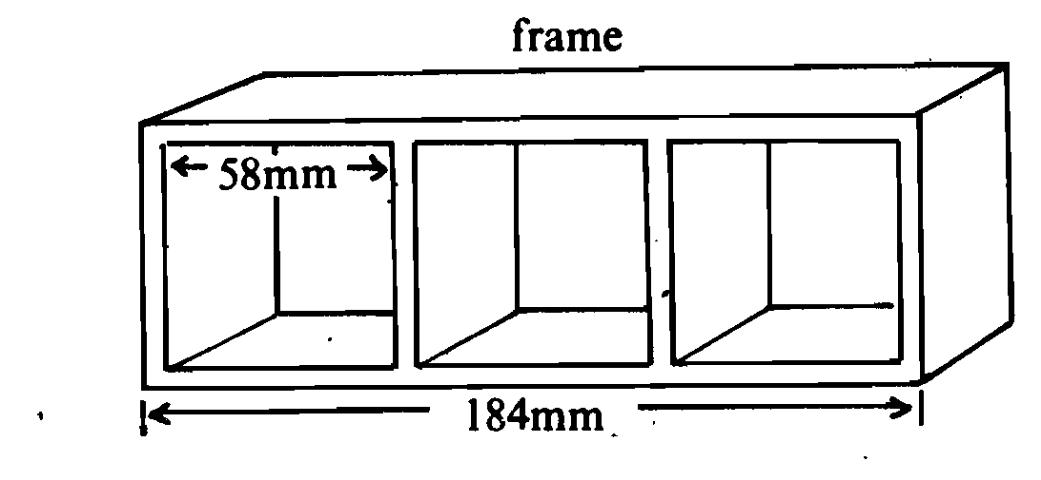
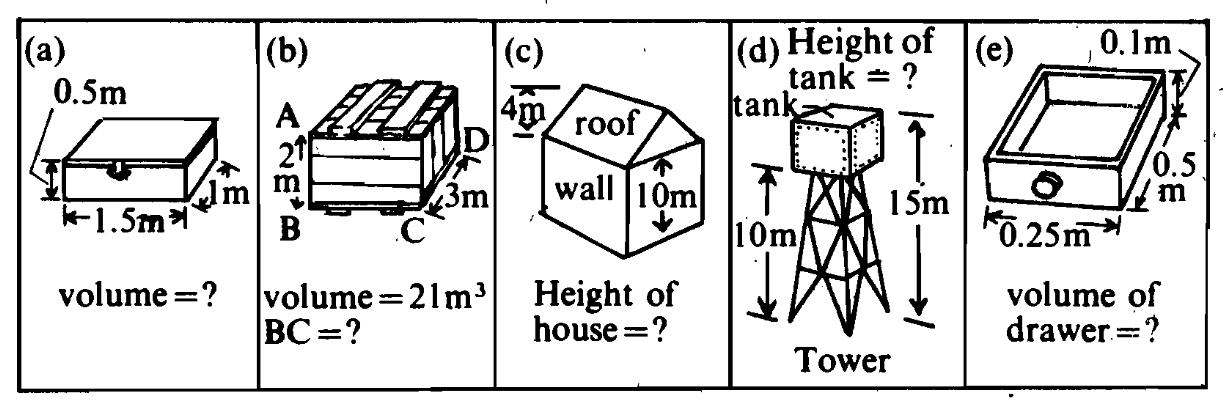
7.How do we calculate these? Make instructions:
EXAMPLE: a) 1. Multiply 0.5 by 1.5 (0.5×1.5 = 0.75)
2. Now multiply 0.75 by 1 (0.75×1= 0.75)
3. The volume of the box is 0.75 cubic metres.
VOCABULARY
1. |
to add |
|
додати |
2. |
to subtract |
|
відняти |
3. |
to multiply by |
|
помножити на |
4. |
to divide by |
|
поділити на |
5. |
plus |
|
плюс |
6. |
minus |
|
мінус |
7. |
to equal |
|
рівняється |
